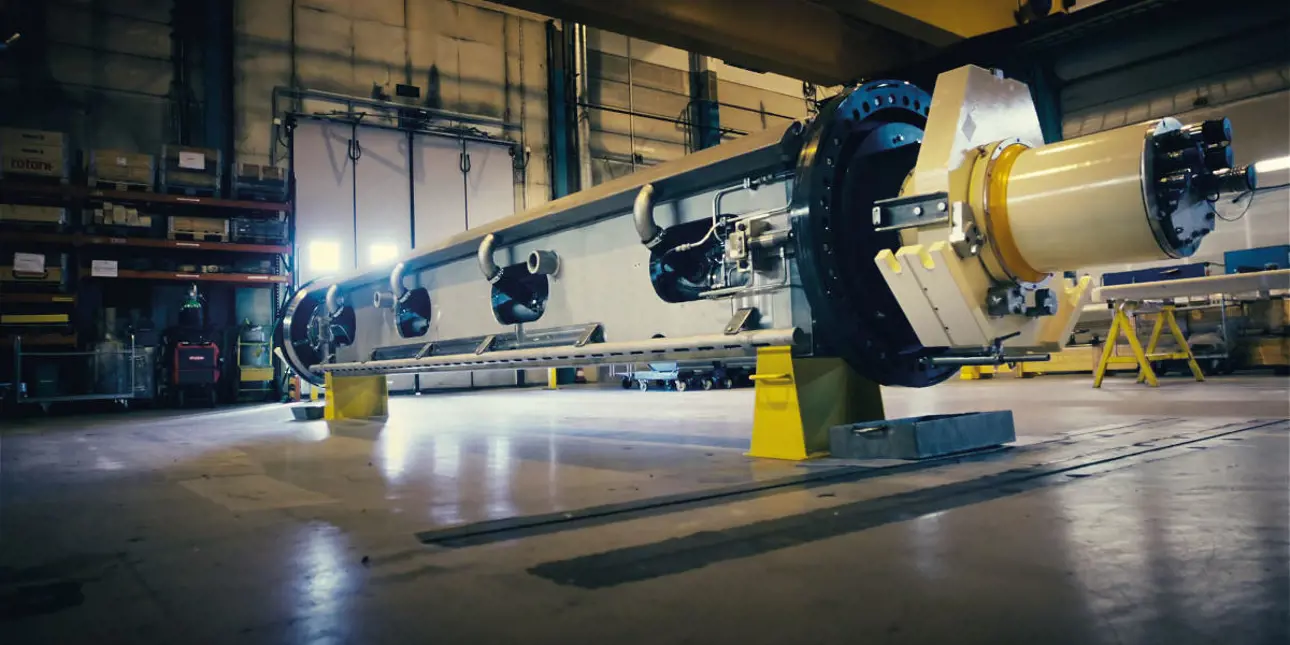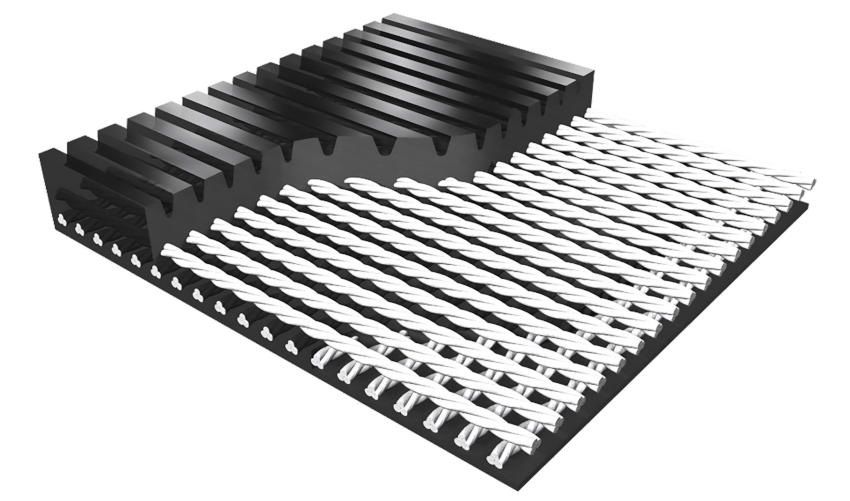Setting out on a new path with Valmet’s Advantage™ ViscoNip® press rebuild
Dec 13, 2023
The road to lower tissue production carbon emissions is not always direct. But various rebuild opportunities offer ways to find improvements. The Valmet Advantage™ ViscoNip® press is a trusted solution with 100 pieces sold. Hear tissue makers around the world share their experiences with the Valmet Advantage™ ViscoNip® press!

If you are to improve production and achieve your sustainability goals, you are forced to balance between profitability, end-product quality, fierce competition, regulations, high energy prices and other inevitable factors. However, a tangible action all tissue producers can start with is to review where a potential change in the machine can be made, because the various rebuild opportunities offer different ways to make improvements. With 100 pieces sold, the Valmet Advantage™ ViscoNip® press is a trusted example. Tissue makers around the world are reporting enhanced product quality, increased flexibility and runnability, along with cost reductions, lower energy consumption, and savings from fiber conservation.
The ViscoNip press operates over a wide range of linear loads, which creates extensive opportunities to develop products. A low linear load provides the highest possible softness and bulk, while a high linear load improves energy and production efficiency. In addition, the linear load and load ratio can easily be changed during operation without any disturbance to the machine’s quality or runnability. This allows improved flexibility.

The one hundredth sold Advantage ViscoNip press is included in Papel San Francisco’s latest order. From left, Dario Palma y Meza Espinoza, Director of Operations and Enrique Zárate, Mill Manager, at Papel San Francisco, with Jan Larsson and Jenny Lahti-Samuelsson from Valmet.
Results contribute to continued collaboration
In Mexico, Papel San Francisco’s collaboration with Valmet started about 20 years ago, and they recently invested in their seventh tissue machine from Valmet. The delivery also includes the hundredth Advantage ViscoNip press to be manufactured by Valmet.
When asked how the ViscoNip press has improved their production, Dario Palma y Meza Espinoza, Director of Operations at Papel San Francisco, answers, “We’ve seen an increase in paper quality, as well as less maintenance downtime. It’s very reliable. And our operators say it’s easy to operate and maintain.”
Running smoothly at high speed
The results of replacing a SymBelt press with a ViscoNip press at Fine Hygienic in Al Bardi, Egypt are astonishing. Operation Manager, Eng. Khalid Banat, says that the speed has increased by 150–200 m/min overnight without any disturbances, and it is running very smoothly at 2,000 m/min. Even though they are now using lower nip loads of 90–100 KN compared to 115 KN with the SymBelt press, energy consumption has decreased. Furthermore, the flexibility in the ViscoNip press, with its polyurethane press body soft against the Yankee, provides better uniformity and thereby better quality.

A flexible liquid filled press body gives the Advantage ViscoNip press the unique ability to adapt to the Yankee dryer shell. This makes the nip load uniform during a wide range of linear loads. The Advantage ViscoNip press is very well suited for installation in existing tissue machines independent of original make.
Improved energy efficiency
A larger scope rebuild case at Metsä Tissue in Finland resulted in an increase in production capacity of 15 percent – and just as importantly, demonstrated improved product quality and energy efficiency. Here, the ViscoNip press contributed significantly to the results.
“A renewal of our tissue machine enabled us to increase production and at the same time take an important step towards fossil-free production,” says Kari Karttunen, VP Production of the Metsä Tissue Mänttä mill.
Multiple benefits after rebuild
After the installation of a ViscoNip press with an Advantage ReDry at Sofidel’s mill in Baglan, UK, dryness increased by 3.5 to 4 percent compared to the single suction press roll previously installed in the machine. Sofidel also experienced fewer web breaks – the paper coming off the blade is more uniform.
The Valmet Advantage™ ViscoNip® press creates extensive opportunities to improve and develop products.
The benefits are also evident in the next step of the process, the converting line. Since the rebuild, they have found they have more stability in the sheet.
Another improvement is in felt and belt lifetimes. Francesco Corrotti, Operating Coordination Director at Sofidel, reflects on the findings from their rebuild in Kisa, Sweden: “Our perception is that the ViscoNip press seems to be gentler for the belt, as seven months after the start-up, the machine was still running with the same start-up belt without any sign of wear. This is of course very positive in terms of reduced maintenance costs.”

Francesco Corrotti, Operating Coordination Director at Sofidel.
“After five months of running the machine, we’ve also seen a reduction of about 20 percent in drying energy consumption, even though we’re still in the learning curve phase,” he adds.
The Advantage ViscoNip press is standard in all Valmet’s new Advantage™ DCT tissue machine installations, and it is very suitable for tissue machine rebuilds, regardless of the original make. Achieving your sustainability targets can be challenging when converting words into action. By taking advantage of Valmet’s rebuild opportunities, you can get the support you need for your journey and set off on a better path to the future.
Text Anna Boström Mora

Did you know?
All deliveries include a Valmet Black Belt R press belt with high density grooves. The belt is especially designed in cooperation with the Advantage ViscoNip press technology to perform with the highest speeds and loads on tissue machines. It survives for a long time in harsh conditions and keeps water removal at a high level.
Related articles







